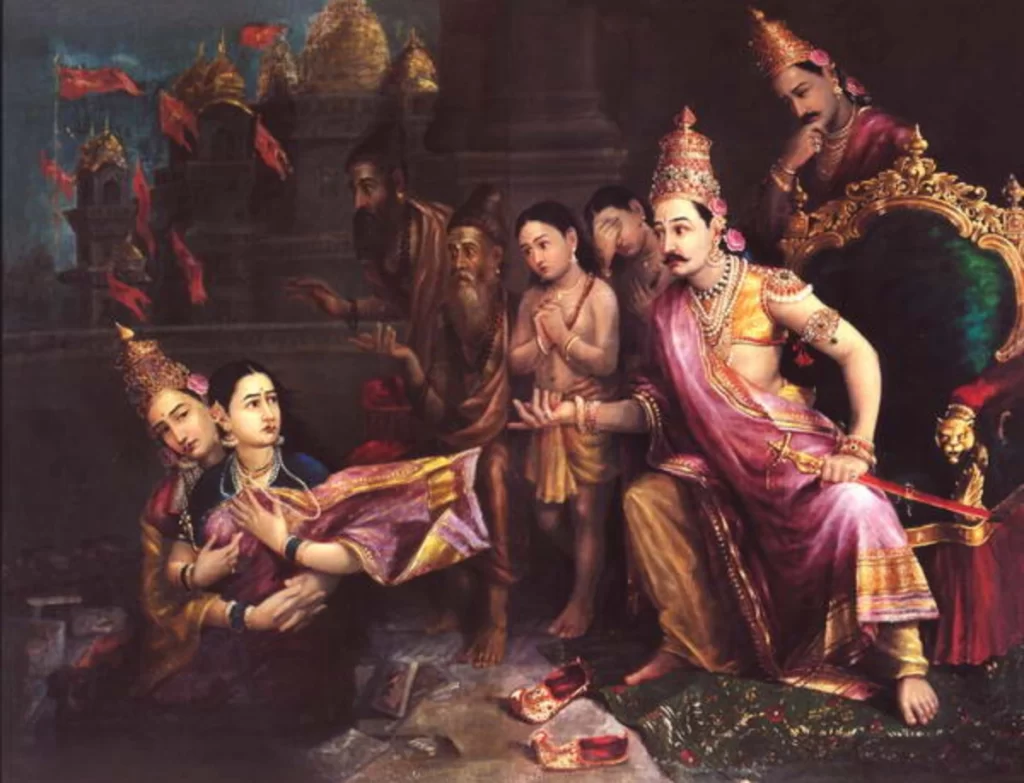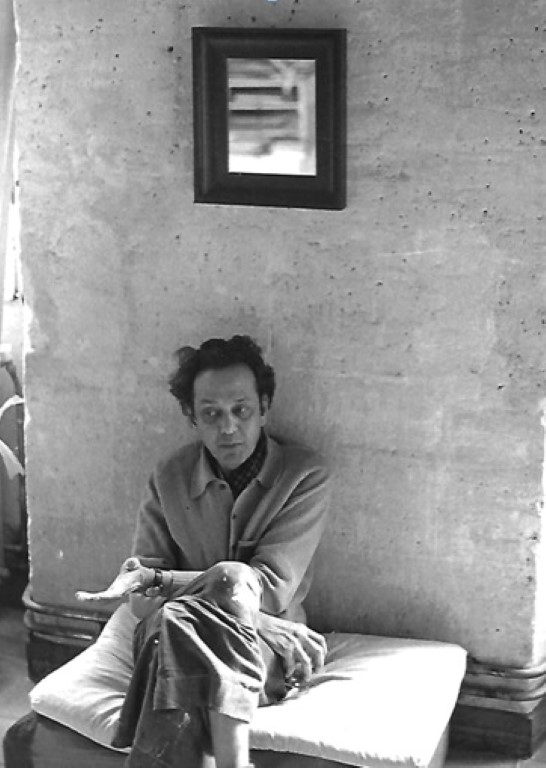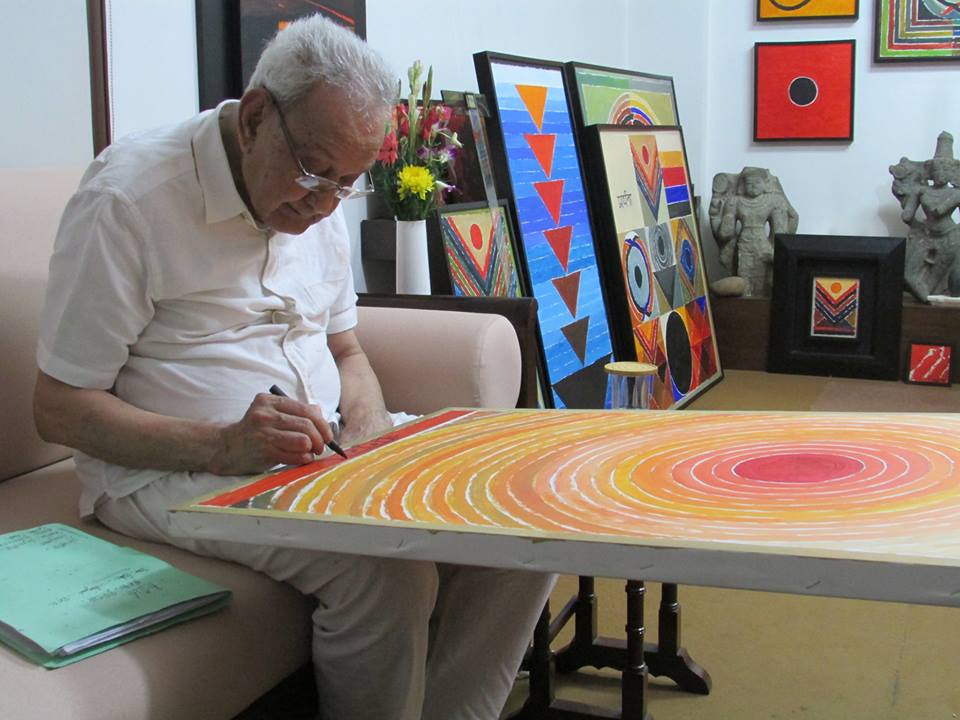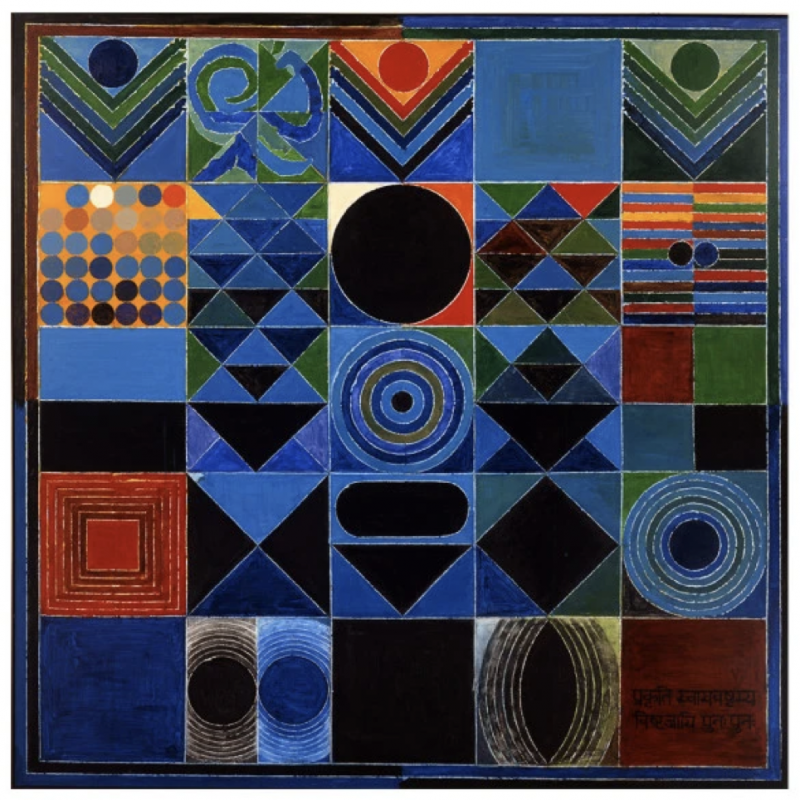Raja Ravi Varma’s Paintings
Raja Ravi Varma has been the most celebrated artist in India for the last two centuries. Ravi Varma creates or fulfils the people’s imagination concerning their God and Goddess. The story of the Raja Ravi Varma paintings is a mesmerising episode of Indian art history and at the same time, it has been part of Indian religious-socio-political narrative and practices for a long time. Ravi Varma is the only artist who gets visibility and reception all over India and worldwide at that time.
Contribution of Raja Ravi Varma to Indian Classical Art
The end of the nineteenth century brings the finest invention of modernity to India: the printing industry. Do any other artists’ works’ reproductions reach the remotest areas of India before and after Raja Ravi Varma? The answer is no; printing helps Raja Ravi Varma reach the most distant locations everywhere. Cheap mass-produced Ravi Varma’s godly images start hanging the upper-middle class Indian family.
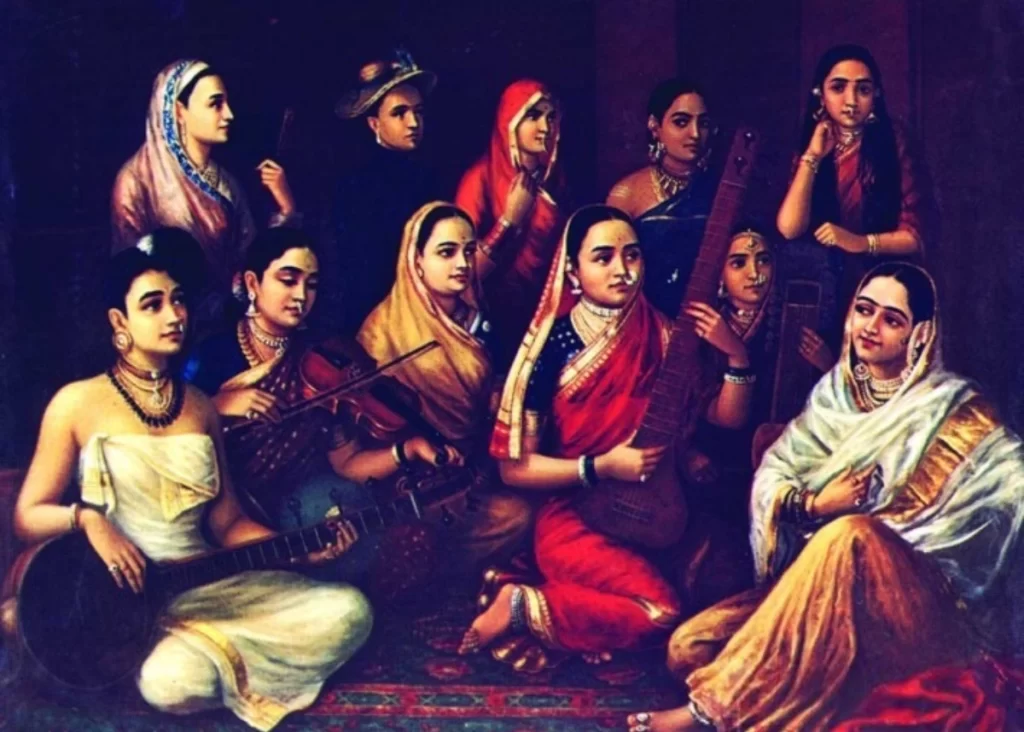
Courtesy – Innu
Ravi Varma learned painting from a British painter and followed European aesthetics to portray the Indian classical texts in a pictorial form. He brought gods into people’s homes. We can still find these paintings in the prayer-living rooms of Indian homes and public-private spaces. Raja Ravi Varma learned the fusion of pictures and complied harmoniously. Those narrations go beyond the meters of dimensions and perspective and break the idea that “artwork” should be hanging on the wall.
Raja Ravi Varma paintings on the affairs from Ramayana and Mahabharata have reached worldwide. His paintings often have symbolic Kerala art. Shakuntala tries to find Dushyanta; Damayanti rebukes Swan; Shantanu and Matsyagandha; Nair lady adoring her hair; Goddess Lakshmi, Goddess Saraswati, and different Avatar images; Lord Shiva with family; Lord Vishnu with Maya and Lakshmi; and Goddess Ganga are some of his influential works.
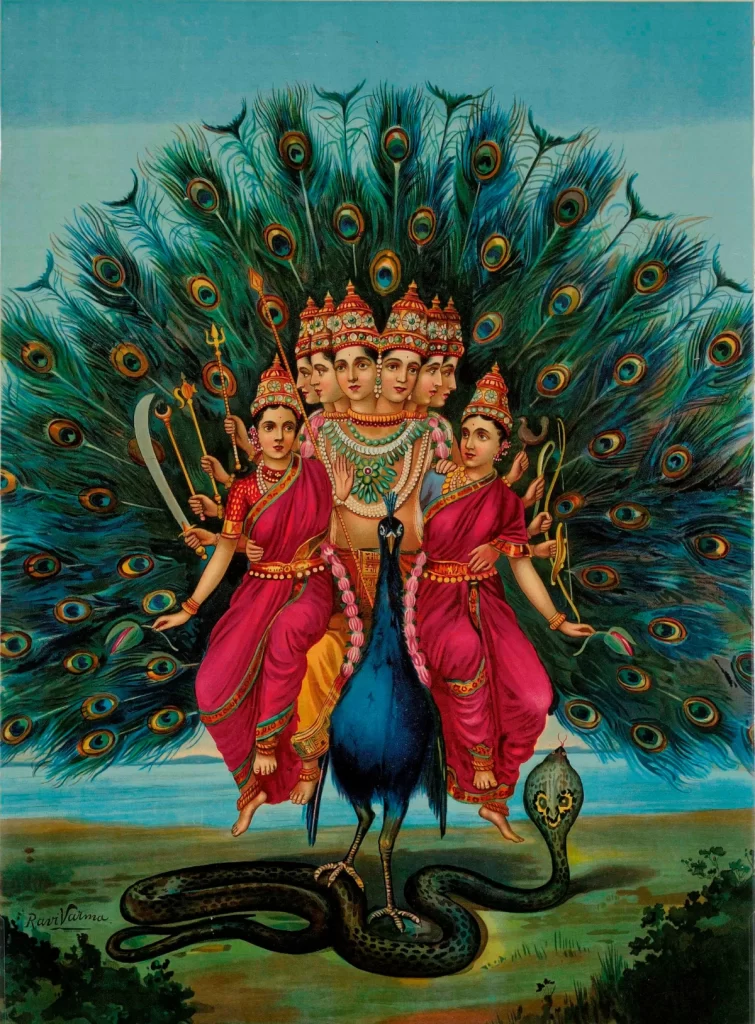
Courtesy – Wikipedia
Raja Ravi Varma knows the Indian religious mind; what they want and how they want it. He gives people what they look into in the prayer room and homes. First, most Indian people need a godly atmosphere in their homes, so Goddess Saraswati, Lakshmi, and other gods permanently attain their position in Indian homes. Second, for anyone not religious, Sakuntala and other works are encouraging and hung in their homes. He is an Indian celebrity because he allows the hermeneutic interactions of his painting reproductions and people of his time. Most people start to engage with Raja Ravi Varma’s paintings in the home or public space, not as artwork but as reproductions in various formats. First, oleography gives the reach of Ravi Varma’s work to the common public, and then advertisement brings new versions of that painting with products.
In the chapter, “Representational Dilemmas of a Nineteenth-Century Painter: Raja Ravi Varma” taken from the book, “When Was Modernism” (2000), art historian and critic Geeta Kapur writes about him. In this book, Kapur explains in detail about Ravi Varma, his time, and works of art.

Courtesy – Wikipedia
“By Ravi Varma’s time, European art, mainly in portraits, landscapes, and genre pictures, was a common feature of colonial culture. Apart from the British, the Indian elite collected European art in various mediums like oils, watercolours and engravings. There was, for example, a collection of engravings based on European art from the Renaissance and neoclassical paintings from the nineteenth century in the Trivandrum palace. Many of these were indiscriminate collections and included copies of masterpieces by travelling European artists, commissioned portraits and contemporary European works of uneven quality (p147).”
In modern times, artists travel a lot for patronage and space. European artists, however, got enormous attention and commissioned works in colonial India, and Raja Ravi Varma brought this attention to his works first, then to the Indian artists.

Courtesy – Innu
“Ravi Varma grew up in the context of the flourishing tradition of Tanjore painting, contemporary to other hybrids included in the nomenclature of the Company School. Significantly, the new medium of canvas and possibly oils was adopted by the painters of the Maratha court at Tanjore. This is important as these painters travelled to Travancore and served the court there,” writes Kapur (p148). His work’s context is not far from the turn of the cultural formation and Indian art history of the time. Raja Ravi Varma’s paintings’ significance is only deciphered historically, and his work’s public life is more or less managed through a “popular culture” lens. His works are everywhere in different styles and tones that he imagined through his press’s “oleographs” prints.
Ravi Varma became increasingly celebrated in his time and after as an artist and a prince of oil painting; that legacy continues. He became an odd genius of his times, celebrated by colonisers and nationalists simultaneously. Royal patronage welcomed him as a gifted artist and ordinary people celebrated his works without knowing who the artist was. The striking point is he wanted his works to become popular among ordinary people, and he never allowed his works to be hung in the gallery or elite’s private homes.
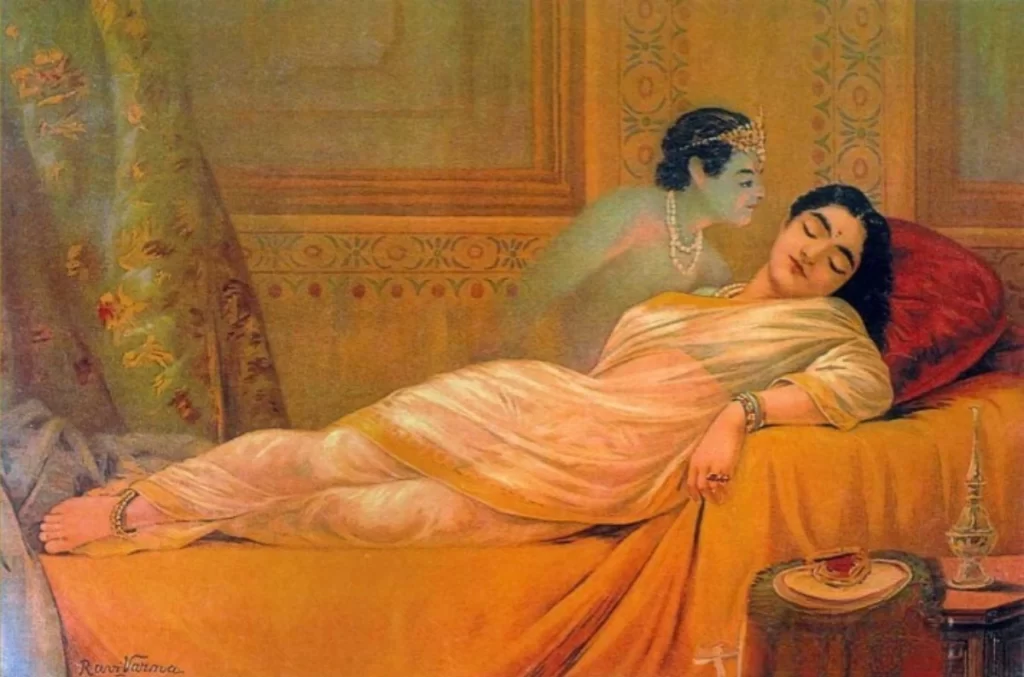
Courtesy – Innu
If we think about visual culture theories and Indian art history, where do we place Raja Ravi Varma’s paintings and their impact on Indian society? How do they aid the national identity? What he did was “take on the problem of the ‘correct’ rendering of persons and objects, he goes beyond the every day to introduce what one might call genre painting that socialises the mythological,” as written by Kapur (p153). Ordinary Indian masses were familiarised with the mythical characteristics of Indian epics through his works.
Geeta Kapur writes about the theatre connections of Raja Ravi Varma to aid him in depicting the readymade repertoire of legendary figures and the performance, including Kathakali Parsi and Marathi theatre performances he saw in Bombay and different venues in India. What influenced him to paint the mythical stories on a colourful canvas that helped him to reach every corner of civilisation? What are we confronting here when we confront a painting from the past? Knowingly or unknowingly, we are moving with content from history, and our presence is blended with the elements of the past. Raja Ravi Varma is an artist from our past; what we are experiencing as a godly life in our surroundings is a creation or contribution of that great painter.

Courtesy – Innu
Raja Ravi Varma’s paintings beautify our history, ornament our contemporary life, and give hope for the future. The paintings and the wall pictures hanging inside our homes or offices, public spaces, advertisements, or media will carry us into our past, which will have to our future.
Image Courtesy – Wikipedia

Krispin Joseph PX, a poet and journalist, completed an MFA in art history and visual studies at the University of Hyderabad.


